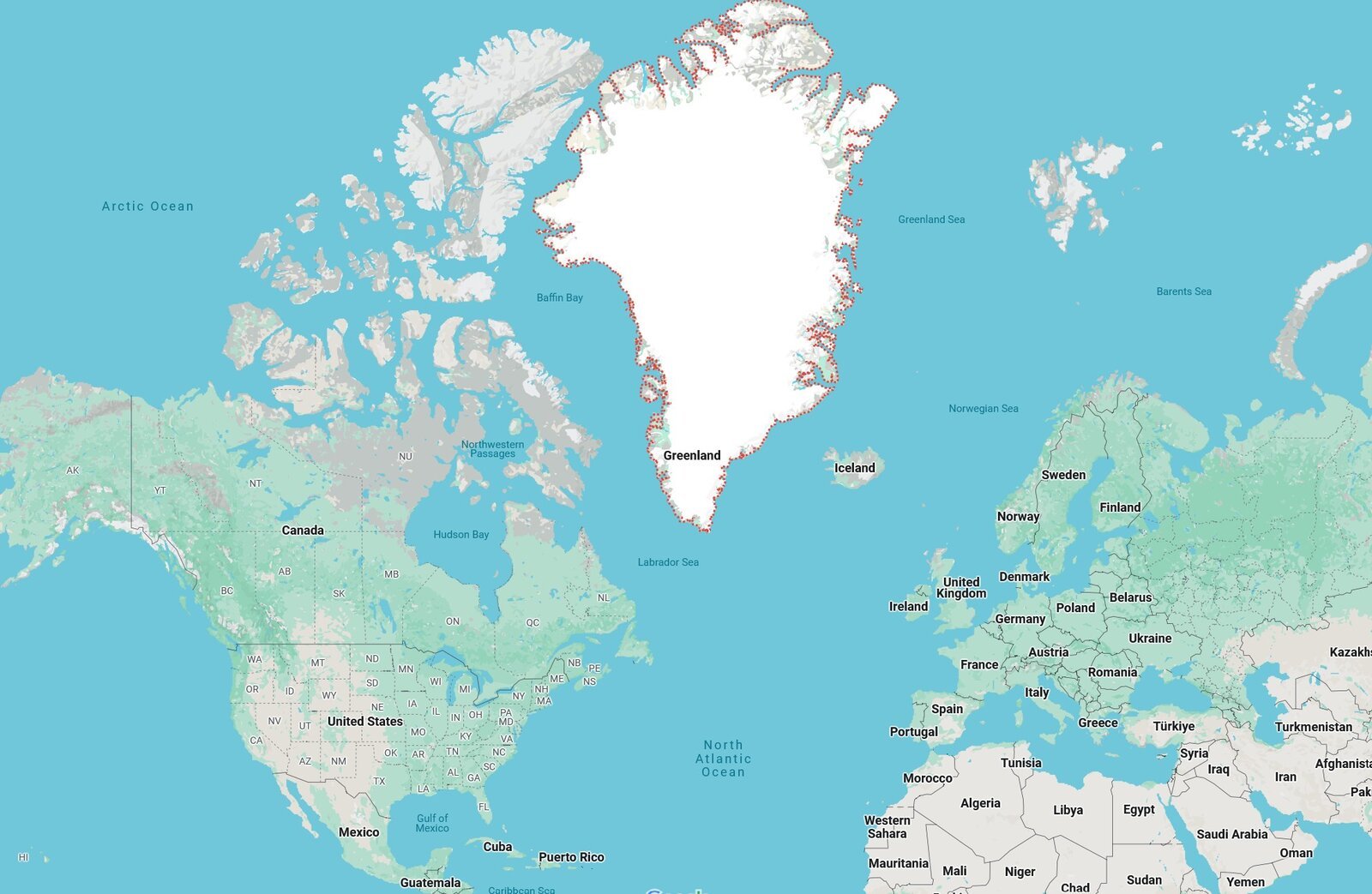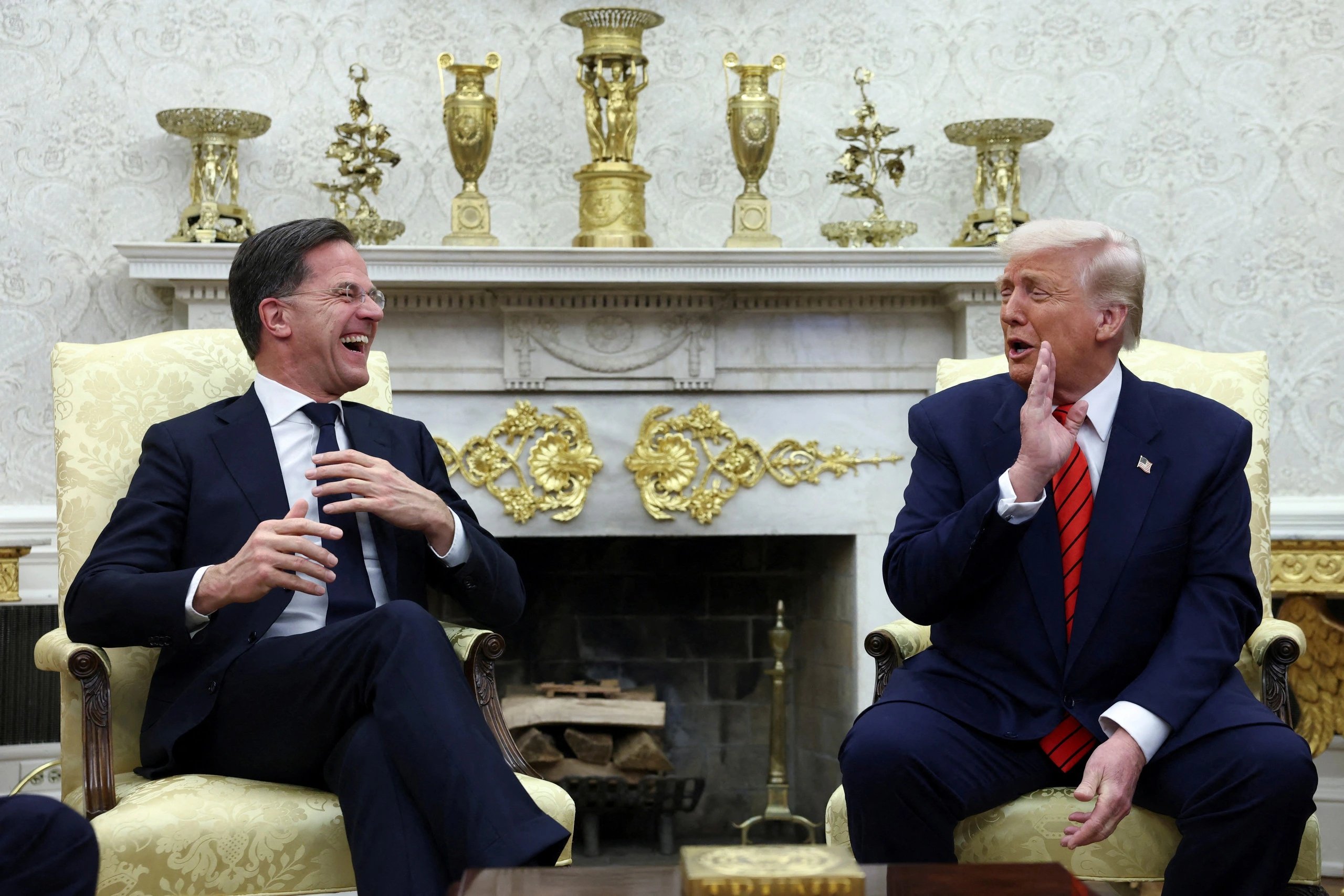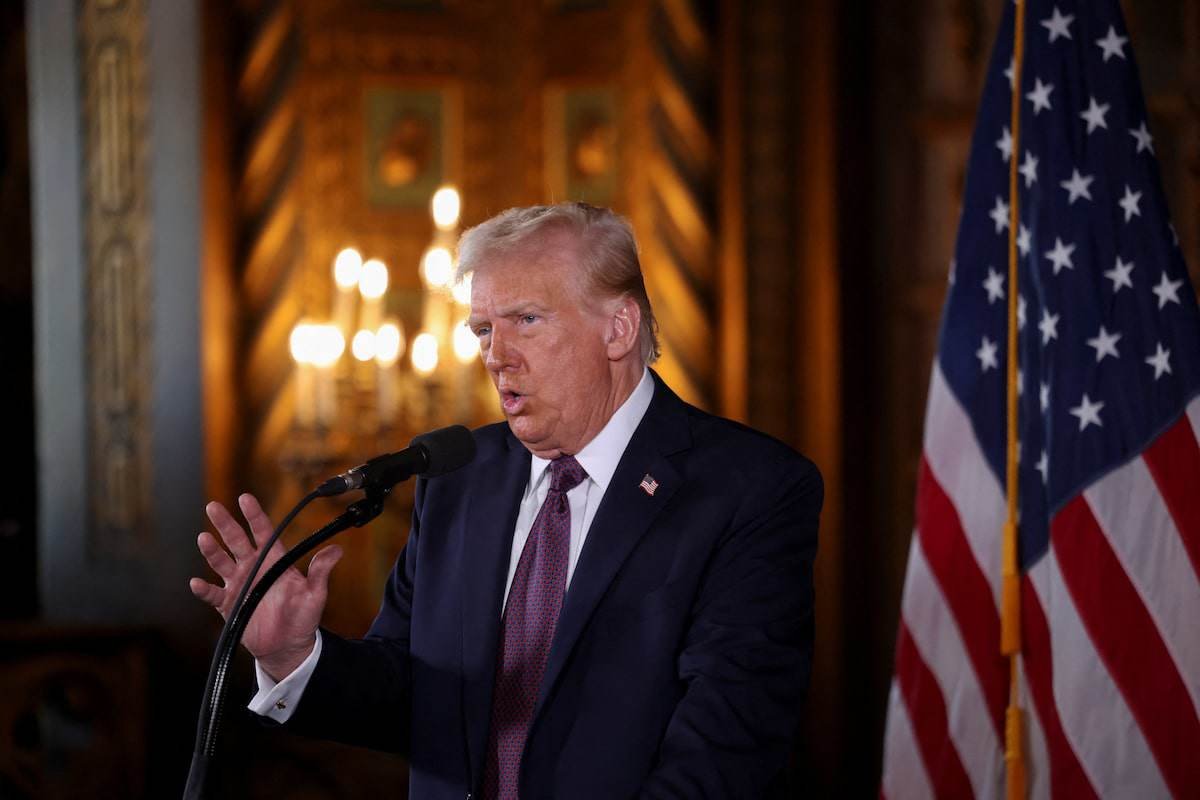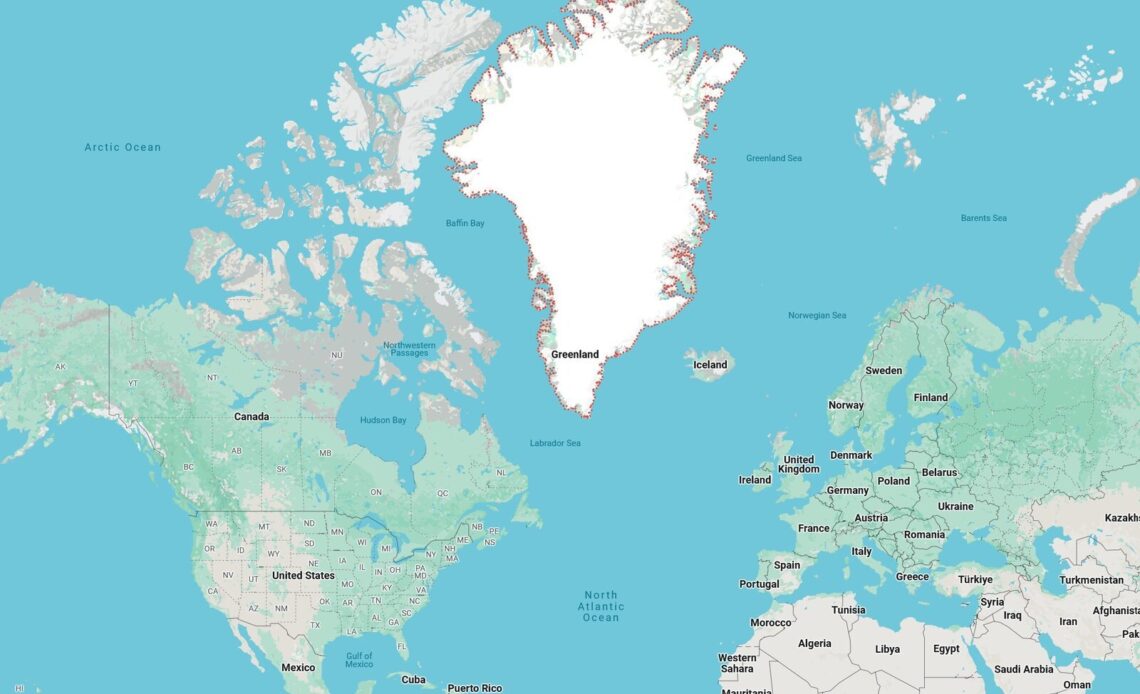In 2019, former U.S. President Donald Trump made headlines worldwide with his proposal to purchase Greenland, the autonomous territory of Denmark. His assertion that “America must have Greenland” sparked debates over sovereignty, international relations, and economic strategy. While some dismissed it as a political stunt, others saw it as a reflection of America’s long-term strategic ambitions. This article explores the rationale behind Trump’s interest in Greenland, the geopolitical implications, and the feasibility of such a move.
## The Strategic Importance of Greenland

### **Geographical Significance**
Greenland, the world’s largest island, is situated in the Arctic region between North America and Europe. Its location makes it a crucial asset for military and economic reasons. The island is home to Thule Air Base, a U.S. military installation that plays a key role in missile defense and early warning systems. Additionally, Greenland provides an essential route for Arctic navigation as climate change reduces ice coverage, making the Arctic more accessible.
### **Natural Resources and Economic Potential**
Greenland’s vast natural resources have attracted global interest. The island is rich in rare earth minerals, which are essential for modern technologies, including smartphones, electric vehicles, and military equipment. With China currently dominating the global supply of these minerals, the U.S. sees Greenland as a potential alternative source to reduce dependency on Chinese exports. Moreover, the melting ice caps reveal untapped oil and gas reserves, making Greenland a future powerhouse for energy production.
### **Strategic Military Advantage**
As global powers compete for dominance in the Arctic, Greenland holds immense strategic value. The U.S. military presence in Greenland strengthens NATO’s position against Russia, which has been increasing its Arctic military activities. If the U.S. were to control Greenland, it would reinforce American security interests and help counterbalance China’s growing Arctic ambitions.

## Trump’s Justification for Buying Greenland
### **Historical Precedents**
Trump’s proposal to buy Greenland is not unprecedented in American history. In 1867, the U.S. purchased Alaska from Russia, a move initially criticized but later deemed strategically and economically beneficial. Additionally, the U.S. has previously shown interest in acquiring Greenland. In 1946, President Harry Truman offered Denmark $100 million in gold to buy the island, but the offer was rejected.
### **Economic Growth and Development**
Trump argued that acquiring Greenland would benefit both the U.S. and Greenland itself. He claimed that American investment could accelerate Greenland’s infrastructure development, improve healthcare and education, and create jobs. Given Greenland’s small population (about 56,000 people) and economic dependence on Denmark, U.S. support could significantly enhance the island’s standard of living.
### **Arctic Dominance**
The Arctic is becoming an area of increasing competition, with Russia, China, and the U.S. vying for influence. Trump’s vision for Greenland aligns with his “America First” policy, ensuring that the U.S. remains the dominant force in the region. By securing Greenland, America could enhance its military positioning and economic opportunities in the Arctic.

## Danish and Greenlandic Reactions
### **Denmark’s Rejection**
Denmark swiftly dismissed Trump’s proposal, with Danish Prime Minister Mette Frederiksen calling it “absurd.” The Danish government emphasized that Greenland is not for sale and reaffirmed its commitment to Greenland’s autonomy. Denmark also underscored the importance of its historical and cultural ties with Greenland, rejecting any notion of selling part of its sovereign territory.
### **Greenland’s Response**
Greenland’s leadership also rejected the idea of a U.S. purchase. While Greenland enjoys some economic support from Denmark, the island has been moving towards greater autonomy. Many Greenlanders see themselves as an independent people with their own culture and identity, rather than a commodity to be traded between nations. However, some political figures acknowledged that increased U.S. investment could benefit Greenland’s economy.
## Geopolitical Implications
### **U.S.-Denmark Relations**
Trump’s interest in Greenland initially strained U.S.-Denmark relations. His decision to cancel a planned state visit to Denmark after the rejection of his proposal was seen as diplomatic retaliation. However, despite this tension, both nations continued their cooperation through NATO and other strategic alliances.
### **China’s Arctic Interests**
China has been actively expanding its presence in the Arctic, labeling itself a “near-Arctic state.” The Chinese government has invested in infrastructure projects in Greenland, including airports and mining operations. If the U.S. were to acquire Greenland, it would directly counter China’s growing influence in the region.
### **Russia’s Military Expansion**
Russia has been strengthening its Arctic military presence, building new bases and conducting military exercises. A stronger U.S. foothold in Greenland could act as a countermeasure against Russia’s increasing activities, reinforcing NATO’s presence in the Arctic.
## Could America Actually Acquire Greenland?
### **Legal and Diplomatic Barriers**
From a legal perspective, acquiring Greenland would be highly complex. The island is an autonomous territory with its own government, and its people have the right to self-determination under international law. Any attempt to purchase Greenland would require Greenlandic approval, which is unlikely given their rejection of the idea.
### **Financial Costs**
Even if Denmark and Greenland were open to negotiations, the financial cost of acquiring Greenland would be astronomical. Some estimates suggest that a deal could cost hundreds of billions of dollars, considering Greenland’s vast landmass, resources, and geopolitical significance. Additionally, the U.S. would have to invest heavily in infrastructure and development, making the acquisition an expensive endeavor.
### **Alternative Approaches**
While outright purchasing Greenland may not be feasible, increased economic cooperation is a realistic alternative. The U.S. could enhance trade agreements, invest in Greenlandic industries, and strengthen military partnerships without attempting to buy the territory outright. This approach could improve relations between the U.S., Denmark, and Greenland while still securing American strategic interests in the region.
## Conclusion
Trump’s assertion that “America must have Greenland” may have been dismissed by many as unrealistic, but it highlighted the island’s growing importance in global politics. While a U.S. purchase of Greenland is unlikely due to legal, financial, and diplomatic challenges, America’s interest in the island underscores its significance in Arctic affairs. Instead of seeking ownership, the U.S. may find that fostering stronger economic and military ties with Greenland is the most practical way to secure its strategic interests. Whether or not Trump’s vision ever materializes, Greenland’s role in global geopolitics is undoubtedly set to expand in the coming years.
